The cheapest new car you can buy in the UK today is the Dacia Sandero, whose prices start at £9845.
If you’re after a cheaper way to get around on four wheels in something new, the Citroën Ami (officially classed as a quadricycle) is likely to set you back just under £6000 when it goes on sale in the not-too-distant future.
But if you want a real motoring bargain, you need to go to China. The cheapest car on sale there is the Wuling Hongguang Mini EV, which will cost you the equivalent of £3400 – merely the PCP deposit on most cars. Unsurprisingly, such affordable motoring has proven popular: Wuling has sold 370,000 examples in just 12 months.
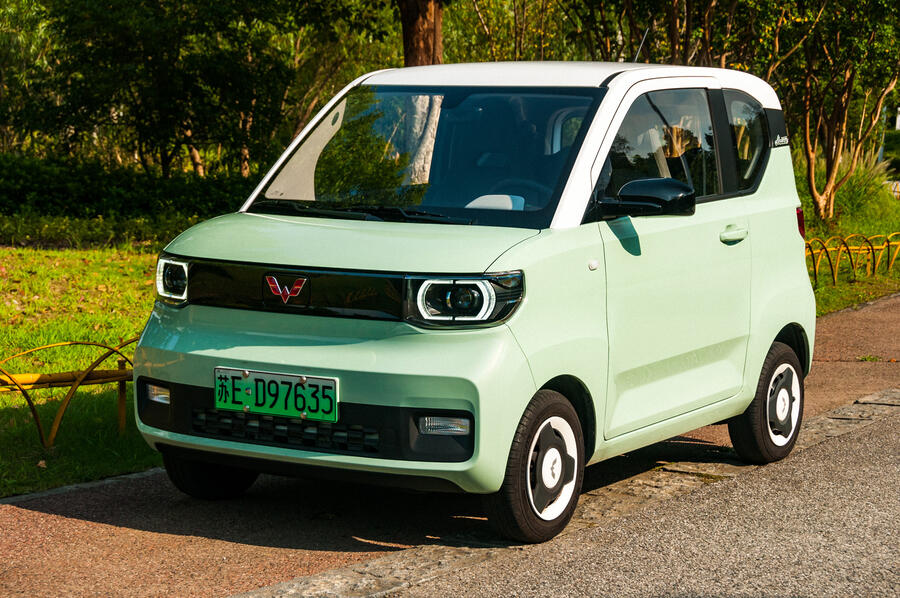
Wuling is a Chinese car firm you’re probably not too familiar with. It was founded in 2007 in the city of Liuzhou, near the border with Vietnam. But you will know the others involved in the joint venture that builds the Mini EV: General Motors has a 44% share and MG parent firm SAIC 50.1%, with Wuling the remaining 5.9%.
The Mini EV is a three-door electric microcar, and while those aren’t new in China, this is the first one to truly have success. Part of the reason for that is its stripped-back nature. Some of this stems from its development: the model supposedly went from clean sheet to production in only around a year – which is entirely believable when you get close to one. Compared with the heavier but more stylish Baojun E300, the Mini EV really goes back to basics. A dual waistline along with obvious arches for the 12in wheels accent very boxy looks.
Still, much like Dacia has made the Sandero a little posher over the years, the Mini EV isn’t as bare-bones as it was when first launched. Our recently introduced Macaron version adds some much-needed safety equipment, along with less essential but funky avocado pastel paint and white wheels. There’s also a Macaron badge on the driver’s side C-pillar.

The interior is utilitarian at best and its plastics have the tactility of an emery board. Still, splashes of avocado matching the body colour around the radio controls, door-pulls and passenger cupholder jazz up the interior somewhat.
A digital dial screen is the only real concession to modern technology and shows driving data such as speed and range along with a nice graphical rendition of the car, plus it acts as the reversing camera’s display
Much like in a 1980s Citroën, the controls for the electric windows are located on the centre console, next to the drive selector knob. There’s no Park setting, though: the handbrake is the only way to hold the Mini EV.

The car measures a diminutive 2920mm (about 500mm longer than the Ami and 1000mm shorter than the Sandero), yet four adults can fit in without too much contortion. Mind you, access to the back is predictably quite tight from both sides, and once you’ve squeezed yourself in there, leg room is minimal. And the lack of rear headrests would make anything but short journeys tiring on the neck.
The boot is basically non-existent when the seats are up: at best, you might be able to fit in one very thin painting. Charging cables fill up the space at the bottom of the boot. If you need a bit more capacity, the back seats simply push down and pull up via a strap. Similar clues to the budget nature of the build quality are shown in areas such as a simple bare screw attaching the door pulls in the front.
Once in the driver’s seat, you immediately notice two issues. First, the driving position is very high and the seats are non-height-adjustable. Second, the pedals (marked with ‘+’ and ‘–’ signs, like in the Volkswagen ID 3) are offset to the centre.

Closer inspection reveals this is due to the suspension’s MacPherson strut, which is completely uncovered, jutting into the interior.
Although not as uncomfortable as first expected, the offset pedal position gets tiring after an hour.
The steering is imprecise and when cornering at over 30mph you feel as if you’re fighting the car’s inertia. On the plus side, given the sub-two-metre wheelbase, the turning circle is incredibly tight.
With such small tyres, any potholes you encounter are keenly felt in the cabin. The Macaron version adds a button to select the Sport and Eco driving modes; Sport not only offers better responsiveness but also makes the braking regeneration far more noticeable. But at only 700kg, the car has little mass to bring to a stop, and true one-pedal driving isn’t possible.
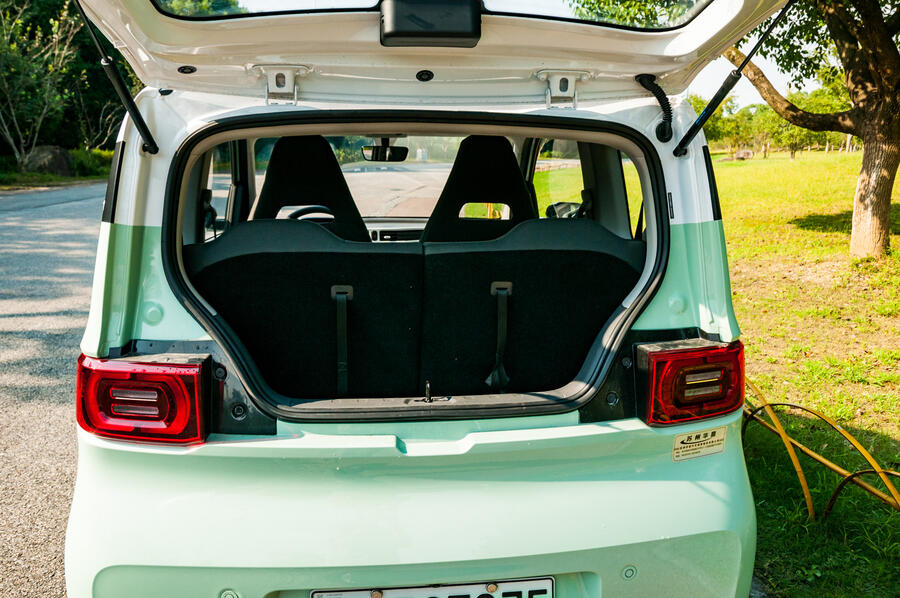
There’s a choice of a 9.3kWh or 13.8kWh battery pack. However, with only a slow charger interface, refilling the latter takes nine hours.
The Mini EV has a top speed of 62mph, and on an expressway we managed to reach just over 50mph – an experience that was much less unnerving than expected.
At least there are some concessions to safety: while the original Mini EV’s featured little more than the steel body cage, anti-lock brakes and Isofix anchors for child seats, the Macaron adds a driver’s airbag.
It would be easy to compare the Mini EV unfairly with pricier and better-equipped cars. You must appreciate that for many buyers, this will be their first car or their only option, and it’s infinitely safer than piling a family onto a motorbike or electric scooter – a sight not too uncommon in China.
While the country’s EV sales have grown rapidly over the past decade, most of them have ended up as taxis, with Didi (China’s equivalent of Uber) and in ride-sharing schemes. Last year marked a shift to private consumers: increasing restrictions in many cities on licence plates (to which EVs usually get exemptions) and reducing battery prices (due to technological advances and greater economies of scale) have created a burgeoning market.

The Mini EV consistently sells around 30,000 units per month in China, and city cars like it take more than 40% of overall EV sales. While there are slightly larger and better-equipped cars on sale, the Mini EV’s success has led to a number of rivals in the micro sector. Most up the cute factor as a sales ploy, with names such as Mango and Ice Cream. Not to be outdone, Wuling has a smaller Nano EV and a slightly larger and rangier version of the Mini EV about to launch.
We would feel much safer and more comfortable in a Sandero, but the Mini EV is impressive for what it offers at its incredibly low price.
China’s EV bargain basement
Baojun E300

Similar in concept to the Mini EV, the E300 from Wuling’s offshoot brand can accommodate a 39kWh battery and fast charging plus has funkier looks and a nicer cabin. It is twice the price of a Mini EV but seats only three.
Letin Mango
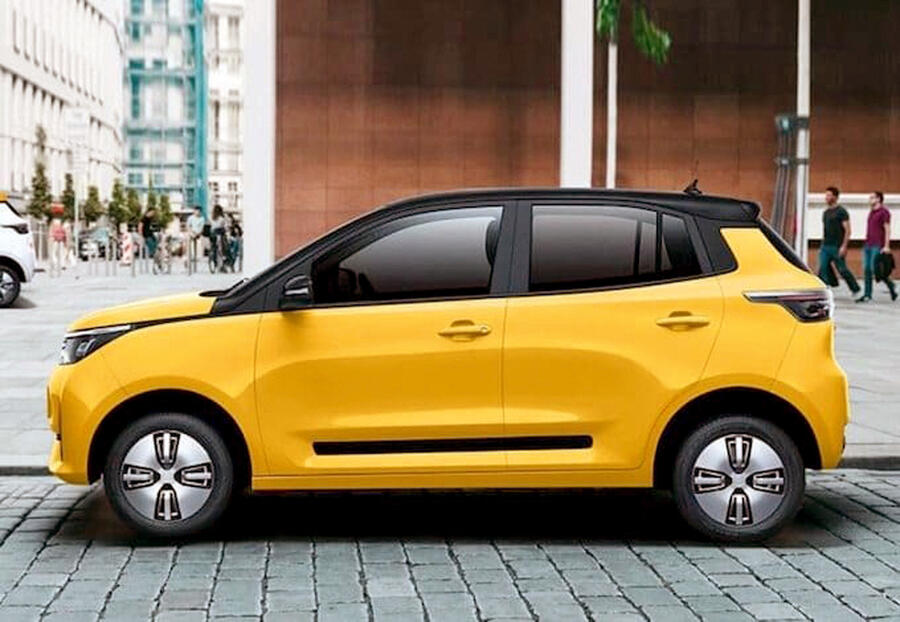
The Mango has five doors despite being just 3620mm long. Prices start at only £100 more than for the original Mini EV, yet it has a more powerful motor and a bigger battery, plus the range-topper can be fast-charged.
Chery QQ Ice Cream
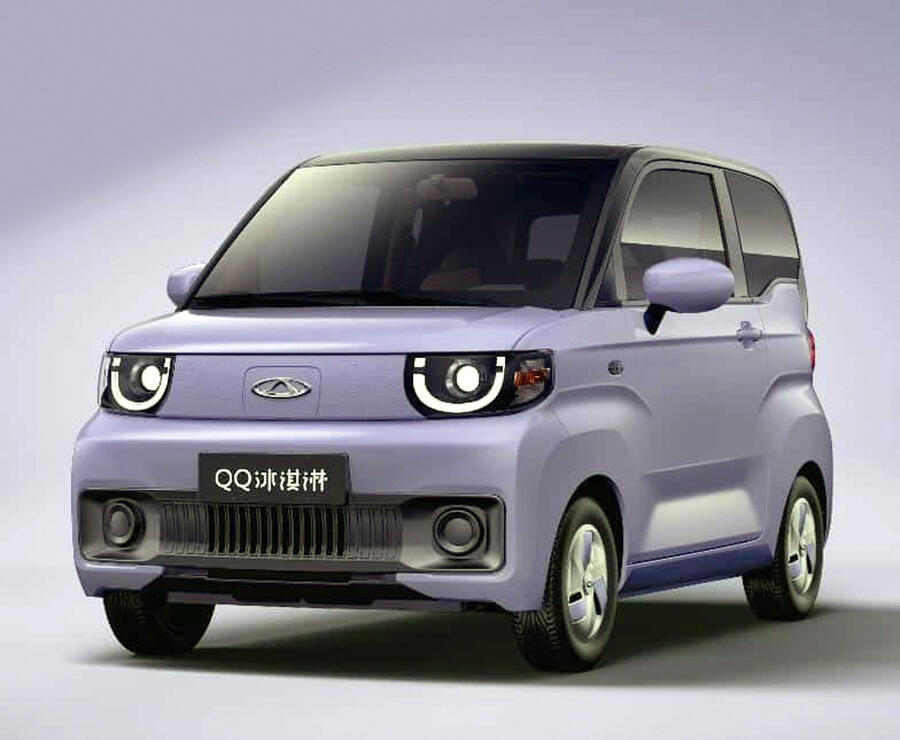
One of the first Chinese car successes was the original Chery QQ, launched in 2003. This soon-to-arrive electric microcar cashes in on the name but takes a shameless copycat approach to the design of the Mini EV.

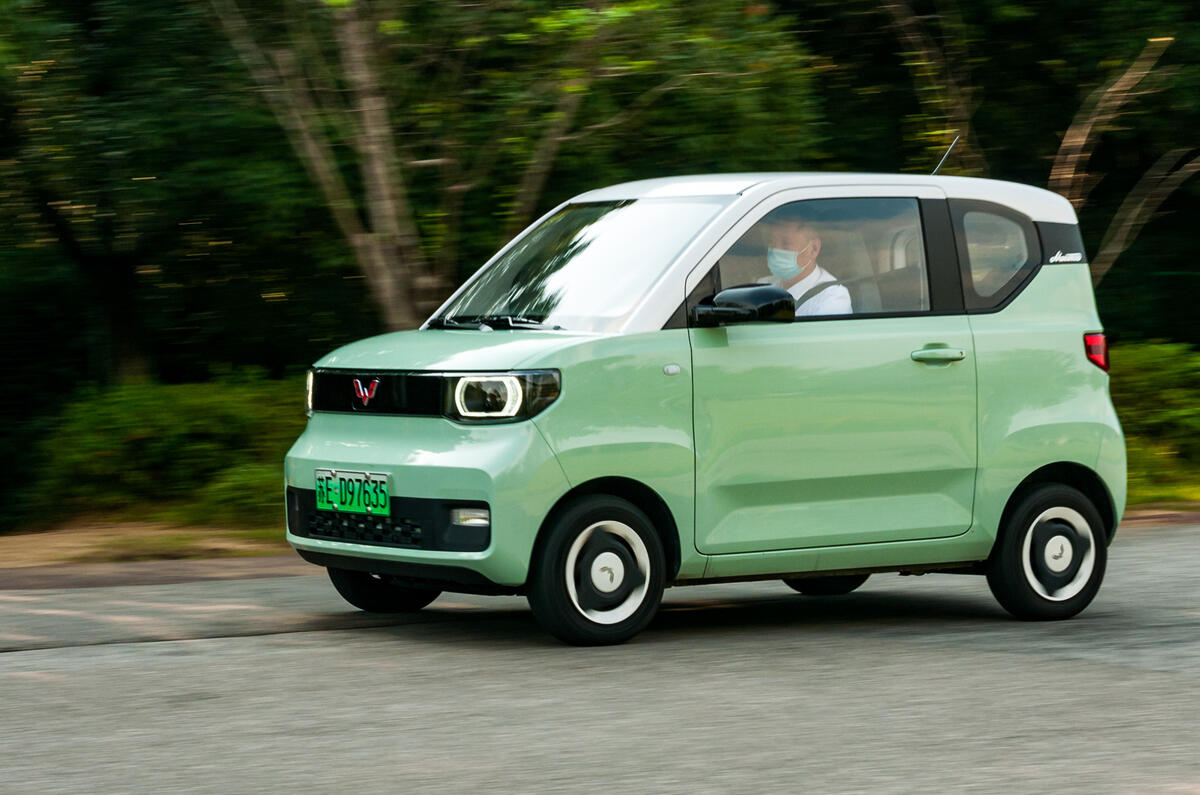
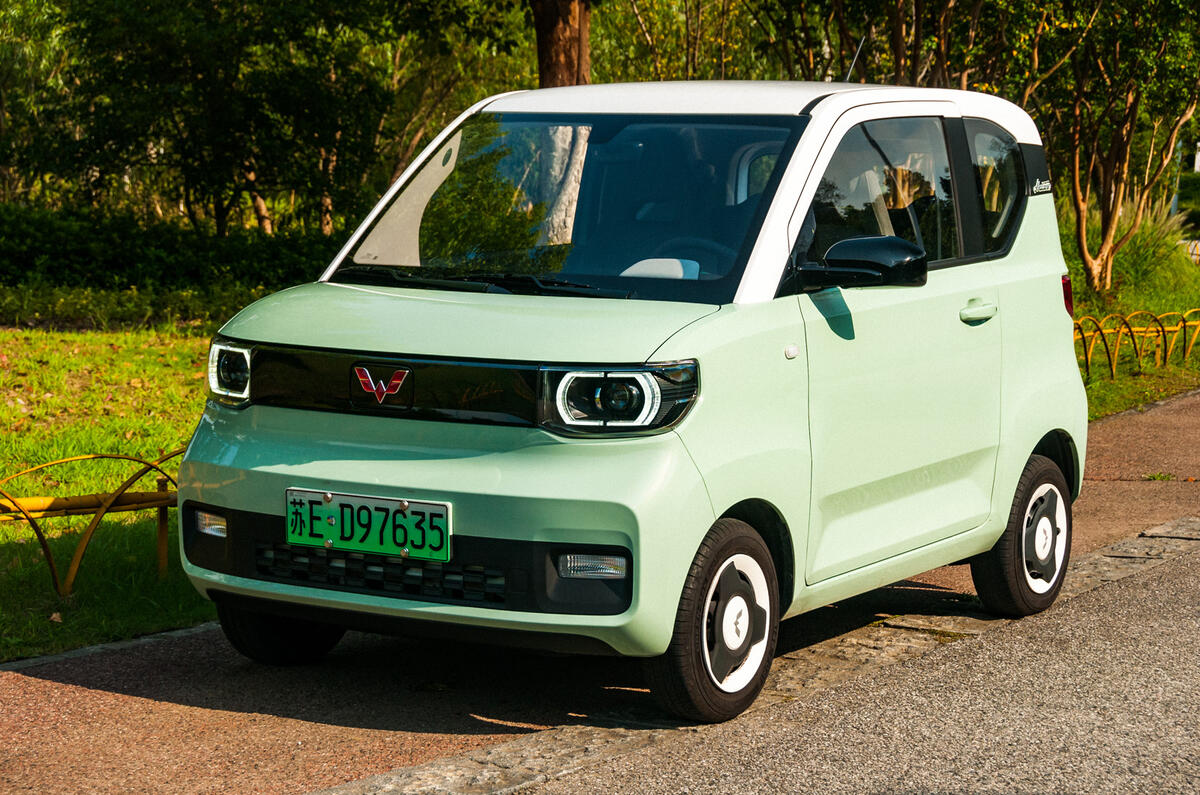
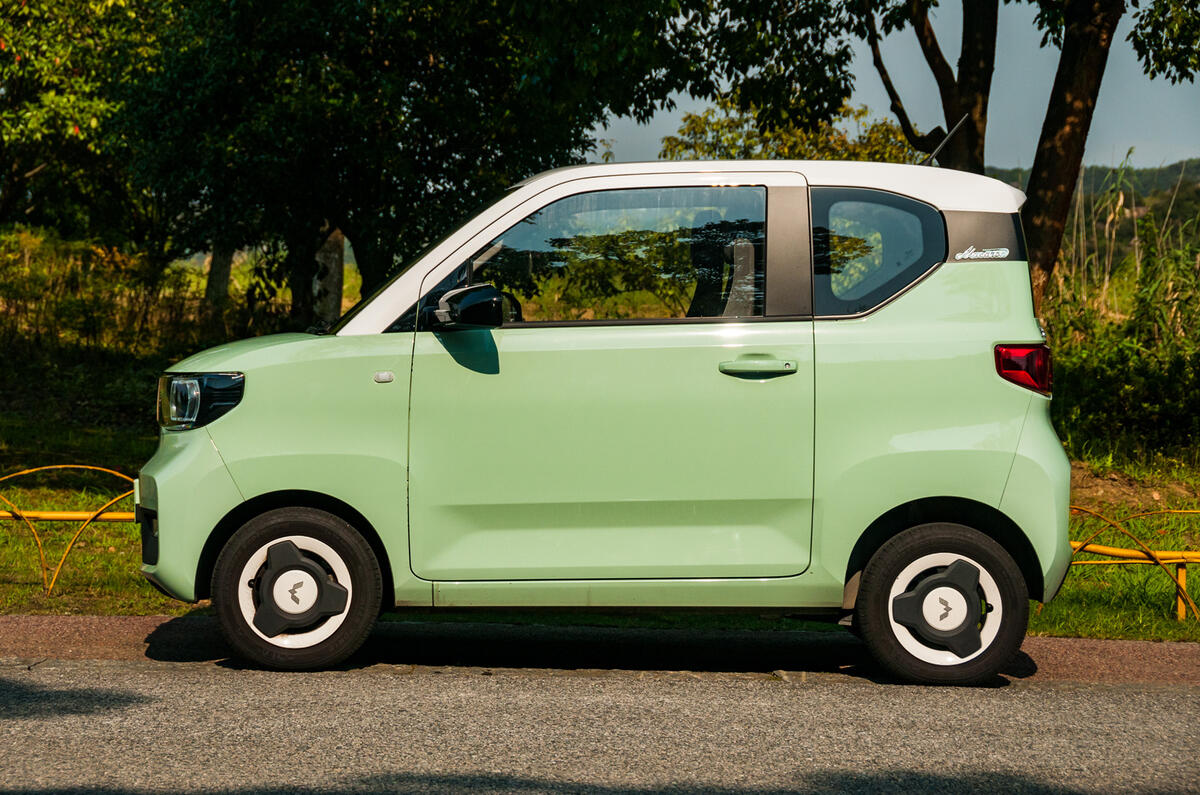
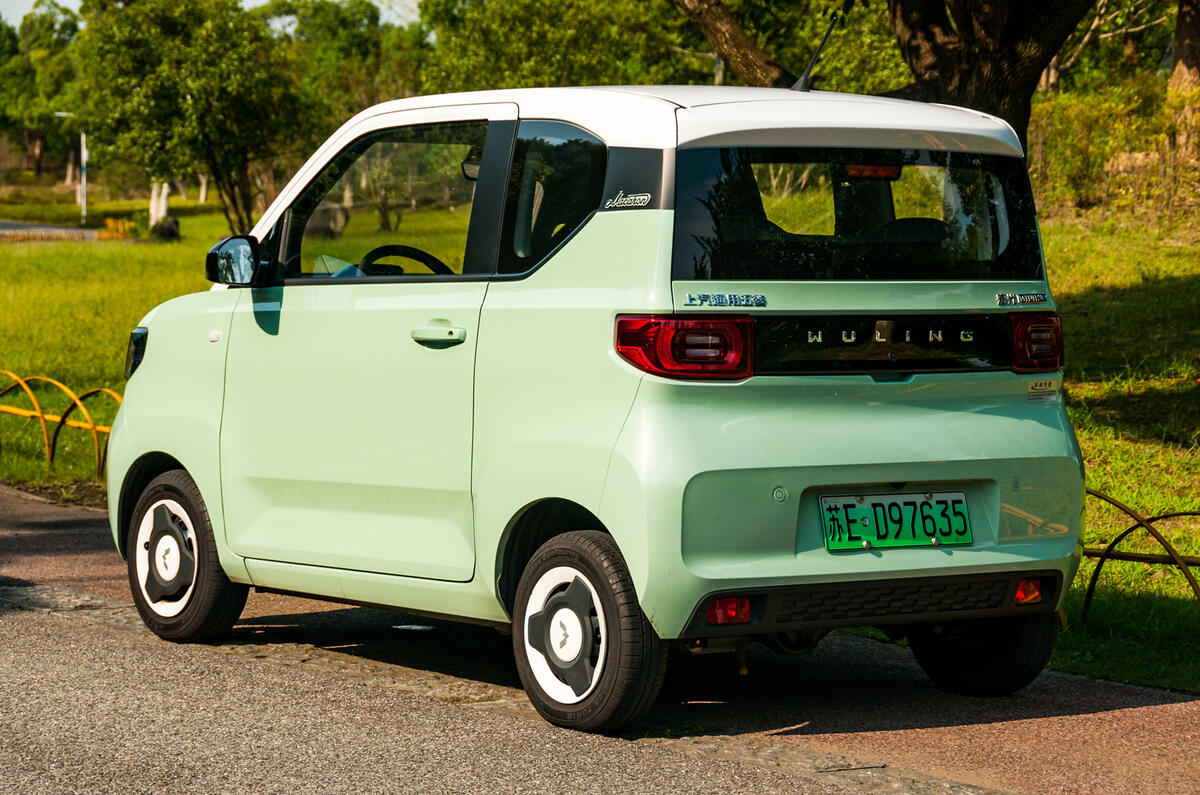
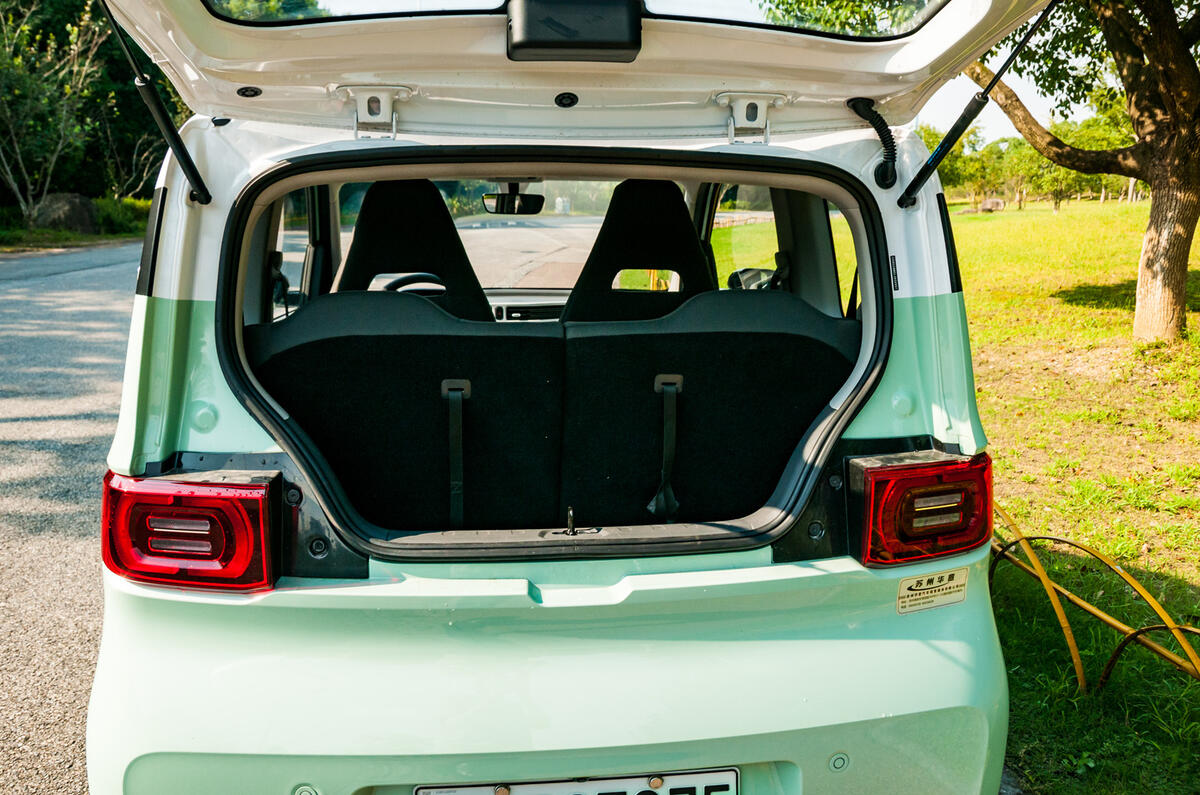

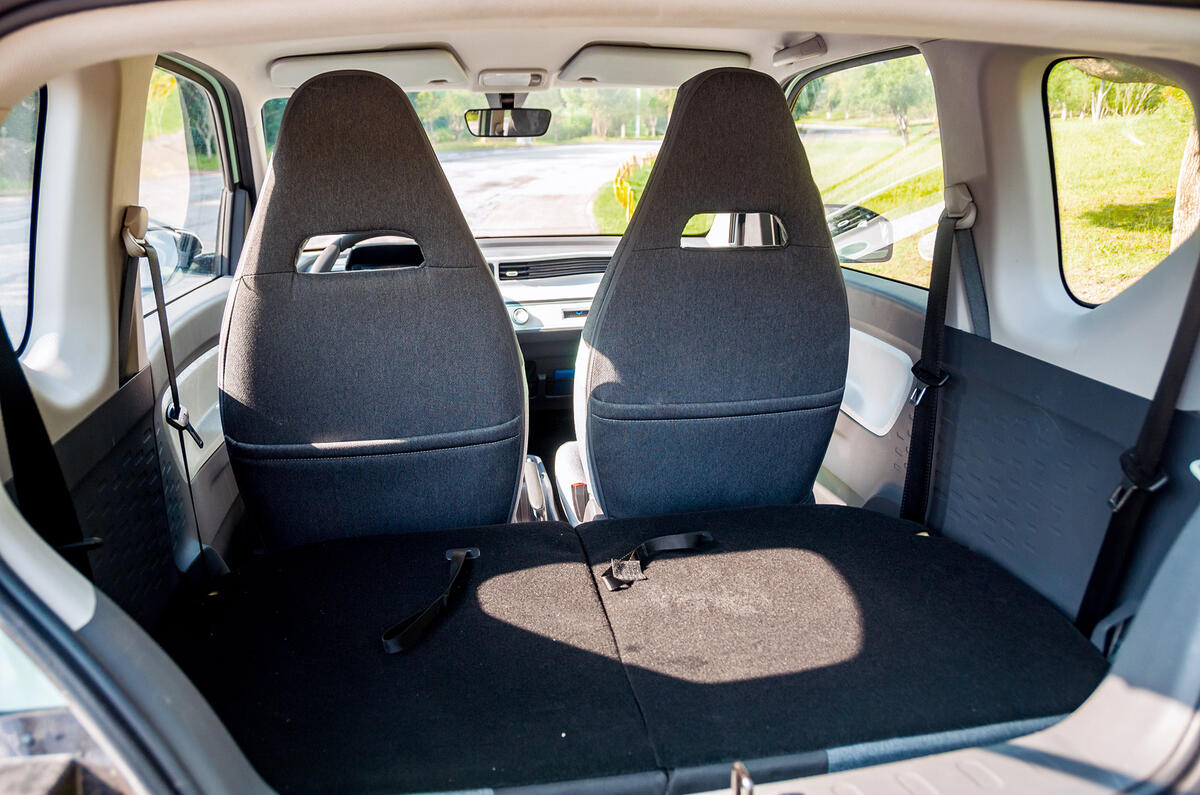
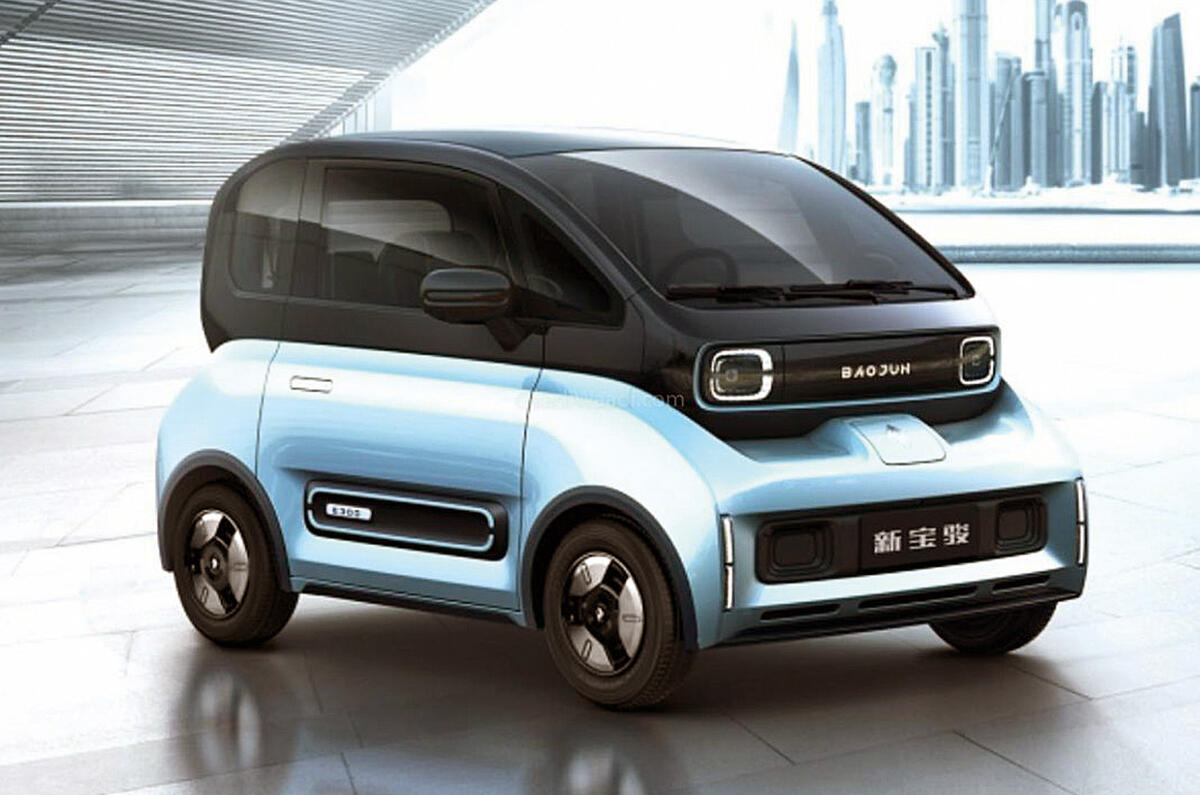
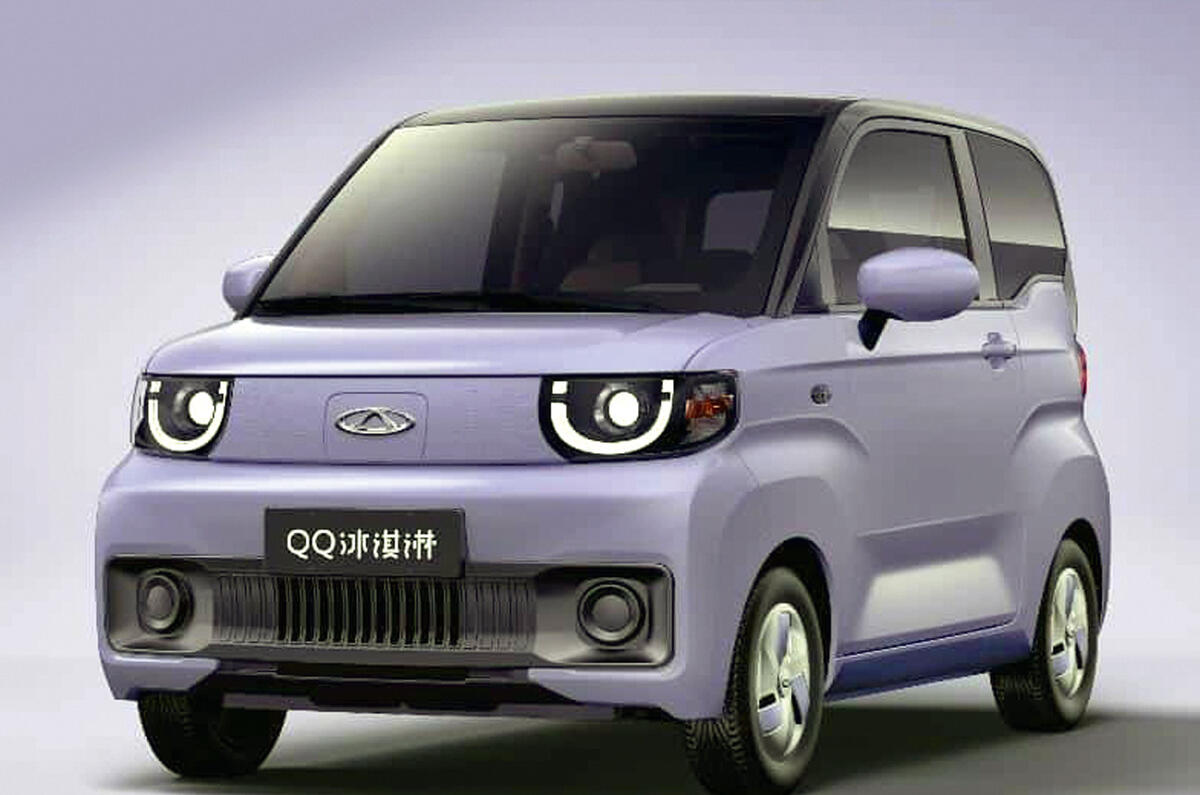
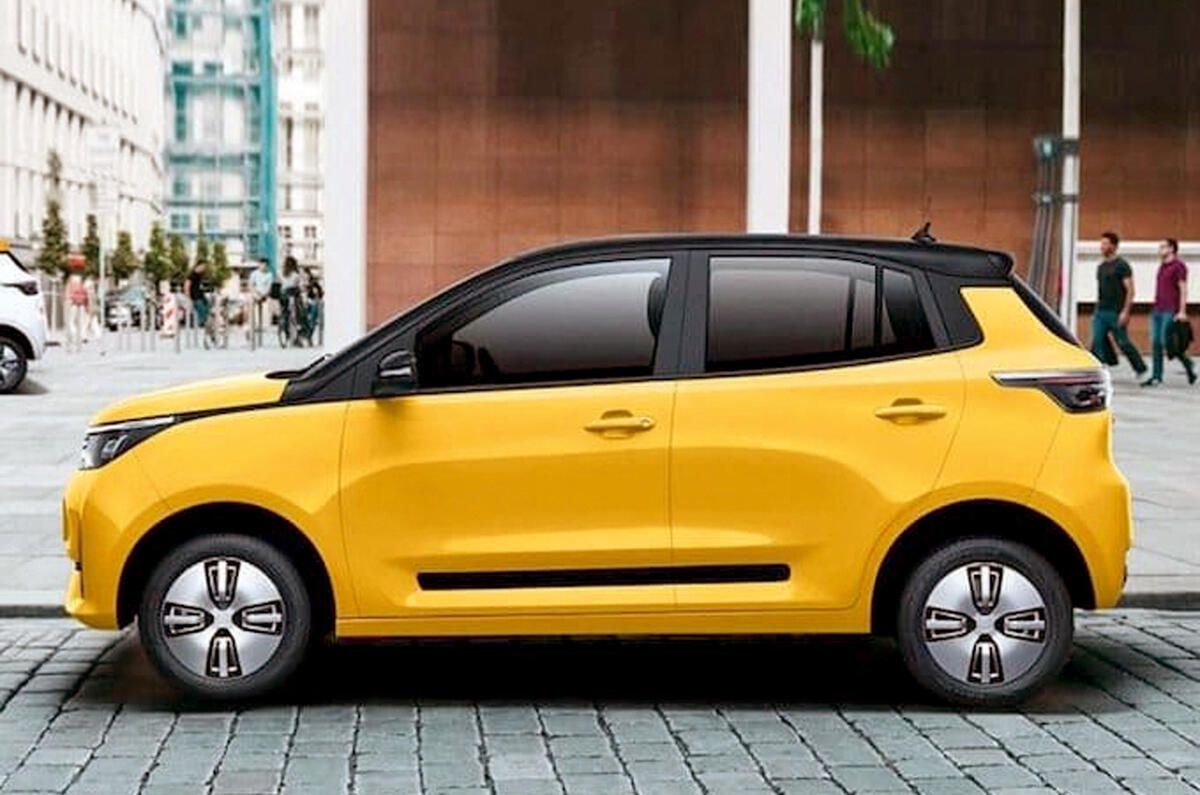
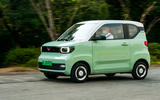
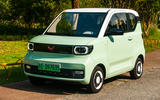
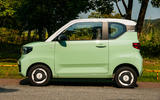
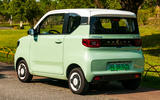

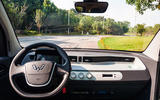
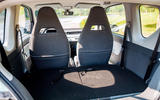
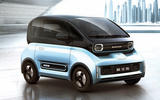
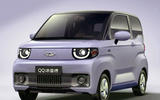
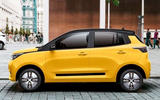


Join the debate
Add your comment
That is not a car - it's a mobility scooter with extra seats.
Better to catch a bus. More room, you don't have to worry about traffic.